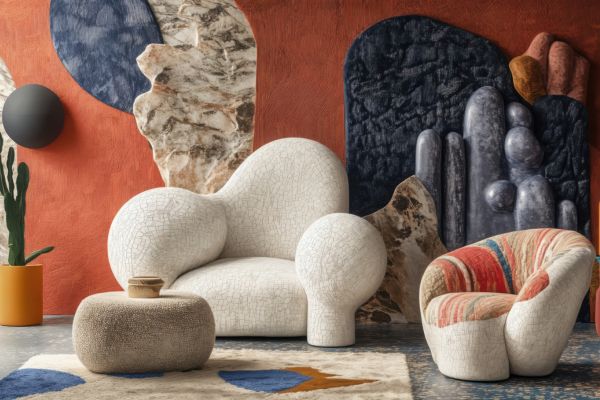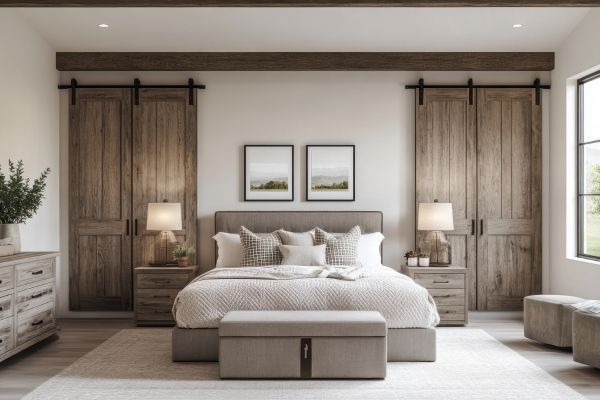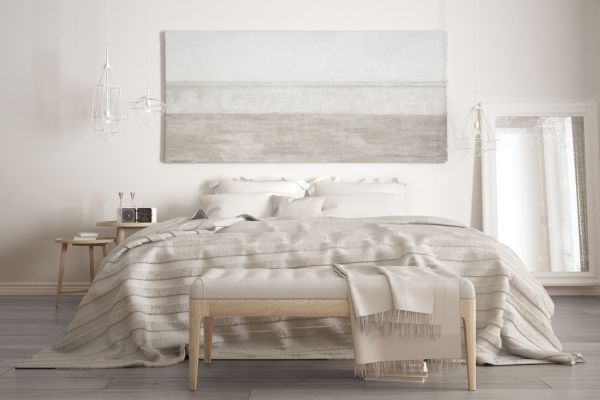Prefab homes are quickly becoming the go-to choice for homeowners who want an affordable, sustainable, and stylish living space. But what exactly are prefab homes, and why are they gaining so much popularity? In this article, we’ll dive into the world of prefab homes, explore their benefits, and answer some of the most common questions potential homeowners have.
What Are Prefab Homes?
Prefab homes, short for prefabricated homes, are built in sections or modules in a factory setting and then transported to the building site for assembly. Unlike traditional homes that are constructed entirely on-site, prefab homes streamline the building process, cutting down on time, labor, and cost. They come in various forms, from modular homes to tiny homes, each offering unique benefits depending on your needs.
Benefits of Prefab Homes
1. Affordability
Let’s face it—housing prices are through the roof, no pun intended. One of the biggest draws of prefab homes is their cost-effectiveness. Prefab homes are typically much more affordable than traditional homes, making them an attractive option for first-time homeowners or anyone looking to downsize.
2. Faster Construction Time
Building a traditional home can take months or even years. In contrast, prefab homes are built in a controlled factory environment, allowing for faster completion. Since the modules are pre-built, the assembly process on-site is often quick and straightforward, saving homeowners both time and money.
3. Sustainability
Prefab homes are a more eco-friendly option. The factory-controlled process minimizes material waste, and many prefab homes are designed with energy efficiency in mind. Some even come equipped with solar panels and other sustainable features, reducing your carbon footprint.
4. Customization Options
Think prefab homes are one-size-fits-all? Think again. Many prefab companies offer a wide range of customization options, allowing you to choose the layout, finishes, and even the level of sustainability in your home. Whether you’re looking for a modern aesthetic or something more traditional, prefab homes can meet your needs.
Types of Prefab Homes
Prefab homes come in different shapes and sizes, catering to various tastes and budgets. Let’s take a look at the most popular types:
1. Modular Homes
Modular homes are built in sections, or modules, that are then transported to the site and assembled. These homes are known for their durability and flexibility in design.
2. Panelized Homes
In panelized homes, entire wall sections are built in a factory and then assembled on-site. This method allows for more customization in design and is typically quicker than traditional building methods.
3. Tiny Homes
Tiny homes are all the rage, especially among those looking for a minimalist lifestyle. These compact prefab homes offer everything you need in a smaller footprint, making them ideal for singles or couples.
4. Shipping Container Homes
Yes, you heard that right. Some prefab homes are built using recycled shipping containers. These homes are durable, eco-friendly, and can be customized to suit any taste.
Why Are Prefab Homes Gaining Popularity?
Prefab homes have been around for decades, but their recent surge in popularity can be attributed to a few key factors. First, the rising cost of traditional homes has pushed many people to seek more affordable options. Second, the focus on sustainability and reducing our carbon footprint has led to increased interest in eco-friendly living solutions, and prefab homes fit the bill.
Moreover, the idea of living in a home that is both affordable and customizable is incredibly appealing. Many people no longer see prefab homes as cookie-cutter houses but as a way to create their dream home without breaking the bank.
FAQs About Prefab Homes
- How long does it take to build a prefab home? Prefab homes can be built much faster than traditional homes. Depending on the size and complexity of the design, it could take anywhere from a few weeks to a couple of months.
- Are prefab homes more affordable than traditional homes? Yes! One of the main advantages of prefab homes is their cost-effectiveness. The streamlined construction process and reduced labor costs make them a more affordable option compared to traditional homes.
- Can I customize a prefab home? Absolutely. Most prefab home builders offer customization options, allowing you to design your home to suit your specific needs and style.
- Are prefab homes energy-efficient? Many prefab homes are designed with energy efficiency in mind, using sustainable materials and even incorporating solar panels. They tend to be more eco-friendly than traditional homes due to less material waste during construction.
- Do prefab homes appreciate in value? Prefab homes do appreciate, although the rate may vary depending on location, build quality, and market conditions. Like any real estate investment, the value of a prefab home can increase over time.
Conclusion: Prefab Homes—The Smart Choice for Modern Living
If you’re in the market for a new home and want something that’s affordable, customizable, and eco-friendly, prefab homes should definitely be on your radar. These homes are not only a great financial investment but also a smart choice for those who want to reduce their carbon footprint. Whether you’re drawn to the quick build time, the sustainability factor, or the lower cost, prefab homes offer a compelling alternative to traditional housing.



